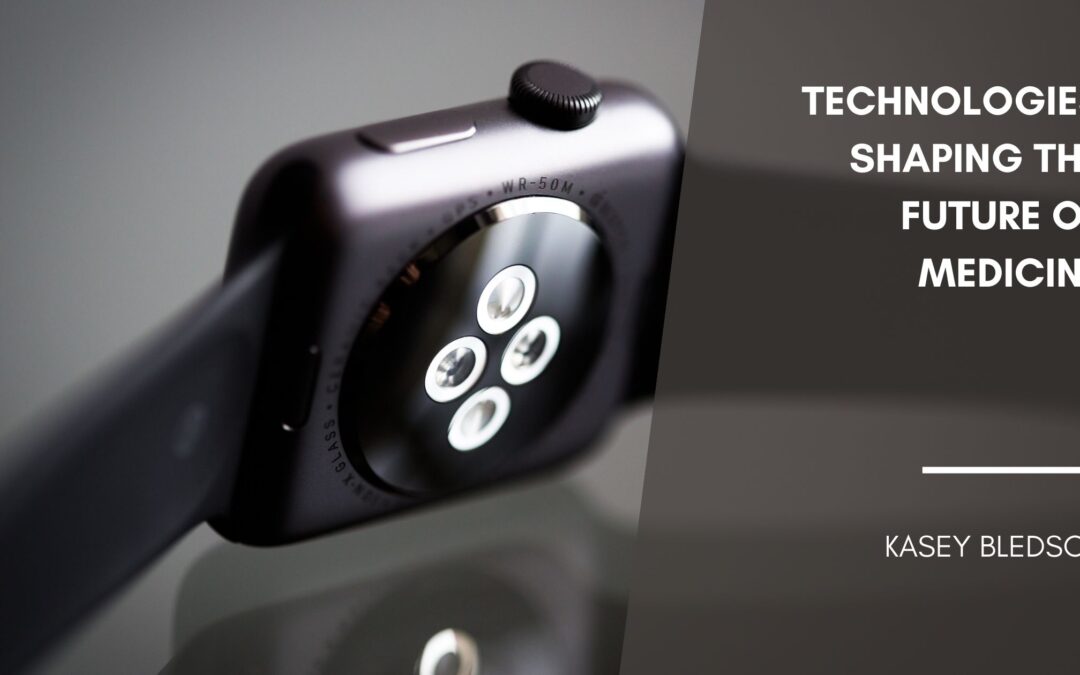Medicine has always been at the forefront of technological advancements, constantly evolving to improve patient care, diagnosis, and treatment. As we journey into the 21st century, several groundbreaking technologies are poised to revolutionize healthcare. From artificial intelligence (AI) and telemedicine to genomics and 3D printing, these innovations can transform how we perceive and practice medicine.
Artificial Intelligence (AI) and Machine Learning
Artificial intelligence and machine learning are now vital to the healthcare landscape. AI algorithms can analyze large amounts of data, such as patient records, images, and genetic information, to assist in diagnosis and treatment planning. For instance, machine learning models can predict diseases like cancer by accurately identifying patterns in medical images like X-rays and MRIs. Additionally, AI-driven chatbots and virtual health assistants provide patients with personalized information and support, enhancing patient engagement and adherence to treatment plans.
Telemedicine and Remote Monitoring
Telemedicine has seen explosive growth recently, and the COVID-19 pandemic accelerated its adoption. This technology lets patients consult with healthcare providers remotely through video calls, chat, or phone, reducing the need for in-person visits. Furthermore, remote monitoring devices enable continuous tracking of vital signs and chronic conditions, improving early detection and management of health issues. Telemedicine increases access to healthcare services and reduces the burden on healthcare infrastructure.
Genomics and Personalized Medicine
The human genome mapping has ushered in a new era of medicine: personalized healthcare. Genomic data can provide insights into an individual’s genetic predispositions to diseases and their response to specific treatments. With advancements in DNA sequencing technology, healthcare providers can tailor treatment plans and medications to match a patient’s genetic profile, maximizing efficacy and minimizing adverse effects. This approach holds great promise for conditions such as cancer and rare genetic disorders.
3D Printing in Healthcare
3D printing technology is revolutionizing healthcare by enabling the creation of patient-specific implants, prosthetics, and even tissues and organs. Customized implants and prosthetics can significantly improve patient comfort and function. At the same time, bioprinting may solve the organ shortage crisis by producing functional organs from a patient’s cells. This technology opens up possibilities for organ transplantation and regenerative medicine.
Robotics in Surgery
Robotic-assisted surgery is transforming the way complex surgical procedures are performed. Surgeons can use robotic systems to enhance precision, control, and visibility during surgery. These systems translate the surgeon’s hand movements into precise, scaled motions, allowing for minimally invasive procedures with smaller incisions and faster recovery times. As the technology advances, it may even enable remote surgery, where surgeons can operate on patients thousands of miles away.
Augmented and Virtual Reality
Augmented reality (AR) and virtual reality (VR) are finding their place in medical training, patient education, and treatment. Medical students can use AR and VR to practice complex surgical procedures in a simulated environment, enhancing their skills and confidence before entering the operating room. For patients, VR can offer distraction therapy during painful procedures, reducing anxiety and pain perception. Additionally, VR helps to design patient-specific treatment plans and visualize complex anatomical structures, aiding in surgical planning.
The future of medicine is bright, thanks to the rapid advancement of technology. These innovations promise to improve patient outcomes, increase accessibility to healthcare services, and provide more personalized treatment options. As these technologies evolve, the boundaries of what is possible in medicine will continue to expand, ushering in an era of more efficient, effective, and patient-centered healthcare.

